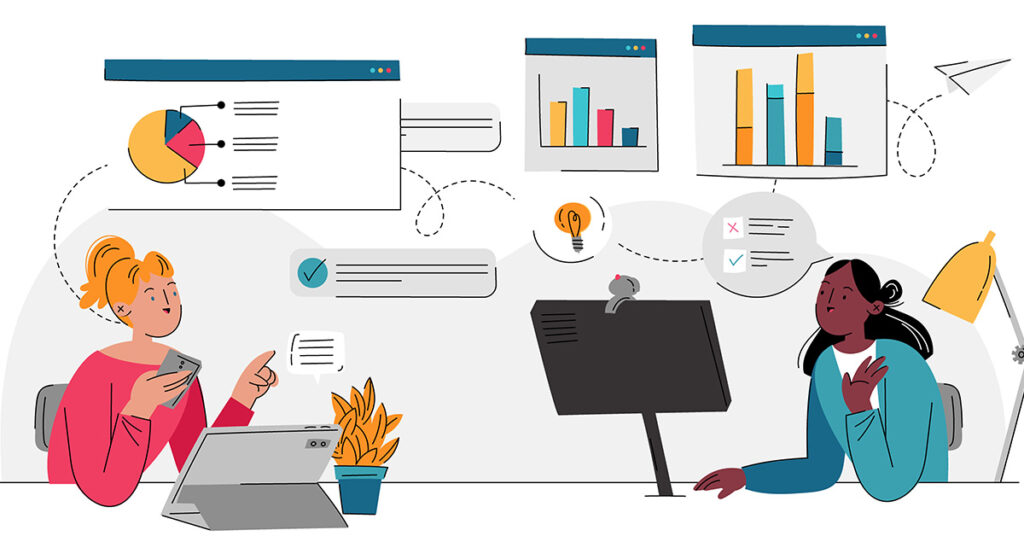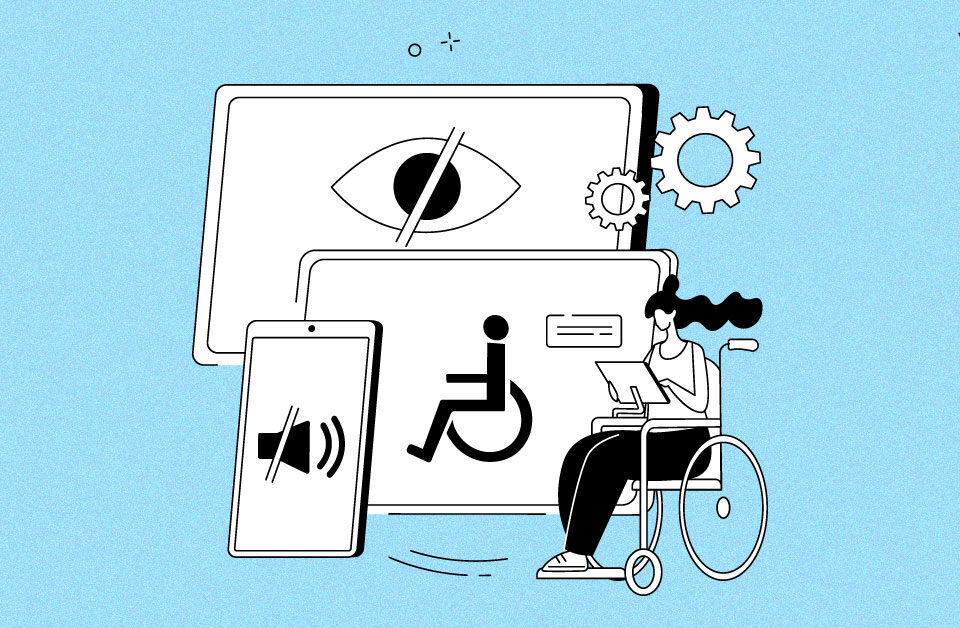
The goal of every entrepreneur or business owner is to maximize profit and create sustainable solutions. We have established in previous articles how to integrate DEI initiatives into every aspect of company development from hiring, talent acquisition and retention, sales and marketing, supply chain etc., can impact business growth in a myriad of ways – all successful if implemented with the right intentions.
Creating a sustainable DEI strategy requires a ton of effort and commitment by management teams who set the vision and the operations team who champion execution. Within the decade bespoke technologies have been developed; technologies that have caused us to re-evaluate how we approach certain problems and affect how we think about solutions to those problems.
Ultimately building a tech infused strategy starts from the hiring process. In previous articles we talk about neglecting biases during the hiring, promotion and retention process, prioritizing skill/value to the role and company at large.
Any organization that has this basics covered can then look into integrating technologies to make their process more efficient and sustainable. As we know Technology only improves an existing process; not changes it. So if a horrible practice exists, integrating technology will only magnify the horrible process.

Developing a tech-infused Diversity, Equity, and Inclusion (DEI) strategy requires a thoughtful approach that leverages technology to enhance organizational efforts in fostering diversity, equity, and inclusion. Here’s a step-by-step guide to building such a strategy:
Assessment and Understanding:
- Evaluate your current DEI landscape: Assess where your organization stands in terms of diversity, equity, and inclusion. Identify areas of strength and areas that need improvement.
- Utilize data analytics: Use technology to gather and analyze data related to workforce demographics, employee experiences, and inclusion metrics. This will help in identifying patterns, disparities, and areas of focus.
Technology Integration:
- Implement DEI-focused software: Invest in tools and platforms designed to support DEI initiatives. These may include diversity recruitment software, bias detection tools for performance reviews, or inclusion survey platforms.
- Utilize AI for unbiased processes: Leverage artificial intelligence to reduce bias in hiring, promotion, and performance evaluation processes. AI can help identify and mitigate biases in job descriptions, resume screening, and interview processes.
- Implement collaboration tools: Use technology to facilitate communication and collaboration among diverse teams. Virtual collaboration platforms can help bridge geographical barriers and create inclusive work environments.
Training and Education:
- Online learning platforms: Offer DEI training and educational resources through online platforms. These can include courses on unconscious bias, cultural competence, and inclusive leadership.
- Gamified learning: Utilize gamification techniques to make DEI training more engaging and interactive. Gamified learning platforms can increase employee participation and retention of DEI concepts.
- VR simulations: Use virtual reality simulations to create immersive learning experiences that help employees understand the perspectives of others and practice inclusive behaviors.
Employee Resource Groups (ERGs):
- Virtual ERGs: Establish virtual Employee Resource Groups to connect employees with shared identities or interests, regardless of geographical location. Provide technology support for virtual meetings, discussions, and collaboration.
- Social networking platforms: Create online communities and forums where employees can connect, share experiences, and support each other. Social networking platforms can facilitate networking and mentorship opportunities.
Transparency and Accountability:
- Data transparency: Be transparent about DEI metrics and progress towards goals. Utilize technology to share diversity statistics, inclusion initiatives, and action plans with employees.
- Accountability tracking: Implement technology-driven mechanisms to track and monitor progress on DEI goals. Set measurable objectives, track key performance indicators, and regularly report on outcomes.
Continuous Improvement:
Feedback mechanisms: Use technology to gather feedback from employees on DEI initiatives and organizational culture. Surveys, suggestion boxes, or anonymous reporting systems can provide valuable insights for continuous improvement.
- Iterative approach: Treat your tech-infused DEI strategy as an ongoing process that evolves over time. Continuously assess the effectiveness of your initiatives, iterate based on feedback, and adapt to changing organizational needs and external factors.
Leadership Commitment and Support:
- Top-down commitment: Ensure that senior leadership is actively involved and committed to DEI efforts. Leaders should champion diversity, equity, and inclusion initiatives and allocate resources to support them.
- Lead by example: Encourage leaders to model inclusive behaviors and demonstrate a commitment to diversity and equity in their actions and decision-making processes.
By integrating technology into your DEI strategy and leveraging its capabilities, you can enhance the effectiveness, reach, and impact of your initiatives, ultimately creating a more diverse, equitable, and inclusive workplace.

